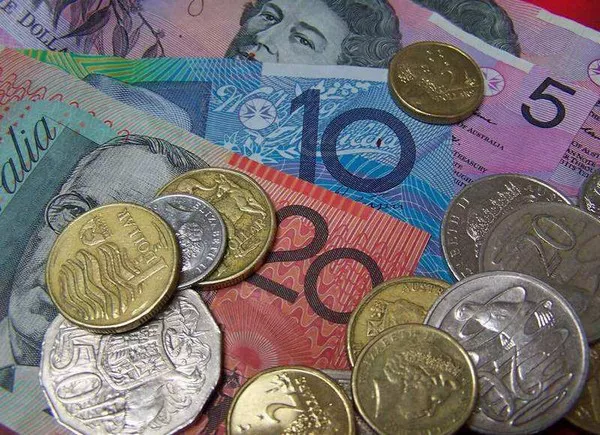The Australian Dollar–Japanese Yen (AUD/JPY) cross declined for the third consecutive session on Friday, falling to a near two-week low of around 92.30 during early Asian trading hours. Although spot prices recovered slightly in the last hour, the pair remains under pressure, trading just below the 93.00 level—down more than 0.80% for the day.
The decline comes as heightened geopolitical tensions and deepening trade uncertainty sap global risk appetite, prompting a flight to safety that boosts the Japanese Yen while weighing on the risk-sensitive Australian Dollar. The latest bout of risk aversion was triggered by Israel’s preemptive strikes on Iran, targeting nuclear facilities, missile sites, and military infrastructure.
Compounding the cautious mood, former U.S. President Donald Trump has expanded tariffs on steel derivative products, including household appliances such as dishwashers and refrigerators. The move has added to market concerns over global trade disruptions, further depressing investor sentiment.
BoJ Policy Path and Technical Selling Deepen the Decline
The Japanese Yen also draws additional strength from mounting expectations that the Bank of Japan (BoJ) will continue its gradual shift toward monetary policy normalization. This hawkish tilt reinforces the Yen’s appeal as a safe-haven currency during periods of heightened uncertainty.
Technically, selling pressure intensified after the AUD/JPY pair fell below the key 93.00 support level. However, a slightly oversold Relative Strength Index (RSI) on the one-hour chart has limited aggressive bearish bets, contributing to a modest intraday bounce of roughly 50 pips from the daily low.
Despite the rebound, the broader outlook remains bearish. The prevailing macroeconomic environment and technical signals suggest the pair is likely to extend its recent retreat from the four-week high it touched on Wednesday. As such, any short-term recovery attempts are expected to encounter selling pressure and may prove unsustainable.


